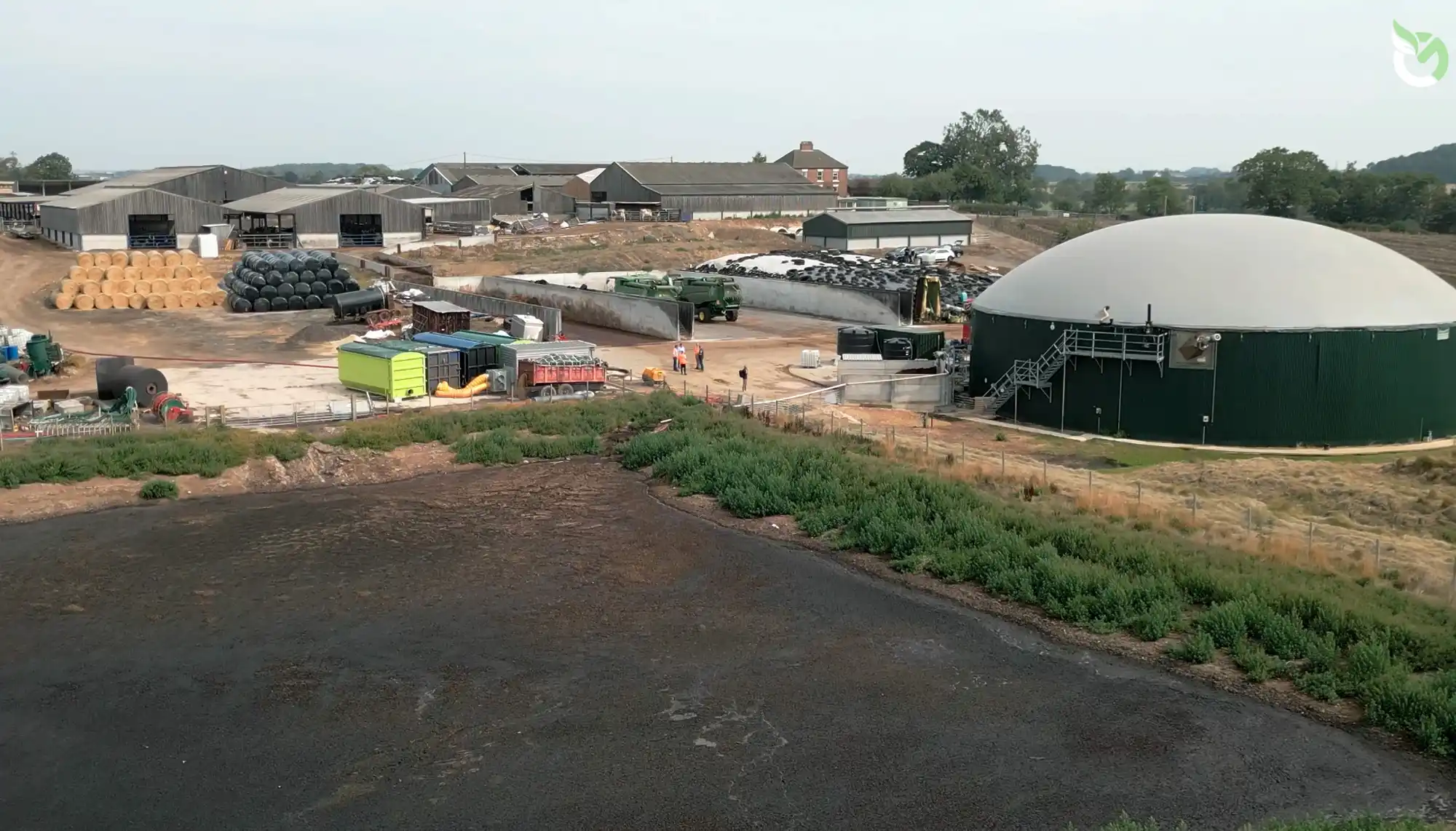How feedstock choice impacts biochar production
Biochar can be made from a wide range of source feedstocks. Here we explain how they can affect the final product.

Project successes
Michael Tye, Senior Carbon Consultant at Onnu
How feedstock choice impacts biochar production
Pyrolysis is an ancient technology which is used for the production of biochar. The biochar output is influenced primarily by four factors: feedstock type, pyrolysis method (fast or slow), temperature and oxygen levels.
Isn’t all biochar the same?
Biochar is a broad term used to describe the solid, carbon-rich residue that remains after biomass has been thermally degraded in the absence of oxygen. All biochar is black, highly porous, lightweight and has a large surface area. However, different feedstocks produce biochar with different chemical compositions and properties.
Although there are few limitations for what feedstock can be used to power a pyrolysis machine, some feedstocks consistently outperform others. For example, biogenic feedstocks (plant or animal products) generally have a higher energy density, as well as a higher carbon content. This makes them preferable to non-biogenic feedstock, which also produces lower quality biochar.
Some of the most important parameters used for comparing biochar are:
- Concentrations of different elements (for example carbon and nitrogen)
- Density
- Water holding capacity
- Cation exchange capacity
- Porosity
- Water holding capacity
- Specific surface area
- pH
Types of feedstock
Biogenic feedstocks can be split into woody feedstocks like off cuts from the timber industry, and non-woody feedstocks like agricultural residues, animal waste and municipal solid waste.
Woody biomass as a feedstock is low moisture, high energy density and low in ash. Non-woody biomass typically has high moisture, high ash content, lower calorific value and low bulk density, but has a high porosity. Biochar derived from woody biomass tends to have a lower pH than biochar from non-woody biomass.
The higher the organic content, the higher the specific surface area of the biochar. That means biochar like animal manure and municipal solid waste typically has a lower surface area than biochar from crop residue.
Biochar applications
Biochar can be used for a number of different applications including:
- In soil for fertilisation and soil structure improvements
- In concrete or soil as a carbon sink
- For use in filtration and purification systems.
- As a feed supplement for livestock

Different applications will value different biochar properties. For example agricultural applications for acidic soils will value pH and nutrient content very highly, however filtration applications would prefer a biochar with a high porosity. Both applications want a biochar with a high surface area.
For the majority of applications, biochar sequestration of carbon is valued very highly, as it means the biochar is a storing carbon that would otherwise be released into the atmosphere. If a biochar has a high fixed carbon content and a low H/C ratio, it will act as a good, stable carbon sink for at least 100 years.
How does feedstock affect the energy output?
The quality of the biochar is not the only consideration when choosing a feedstock. Pyrolysis produces green, renewable energy that can be repurposed for heating, cooling, or electricity production. Energy dense feedstocks are in high demand, as they produce lots of surplus energy, which means that the biochar process can be self-sufficient.
Conclusion
The best feedstock will change depending on the application of the biochar, however some traits are desirable no matter the end usage. For example, a high level of carbon sequestration is desirable for all applications. Therefore, feedstocks which are higher in carbon content are preferable.
Contaminated feedstock can affect the biochar negatively, especially for soil applications. Feedstock shape and size is another important consideration, as pretreatment such as chipping or pelletization adds to energy costs can affect the environmental and economic viability of the production process. High moisture levels are also undesirable as they reduce pyrolysis efficiency.
When picking a biogenic feedstock for fuel, one of the most important considerations is minimisation of competition with food production. Many have turned towards lignocellulosic biomass (dry plant matter) as the answer. The feedstock is typically high in energy content, as well as producing high quality biochar, with a significant carbon content.



